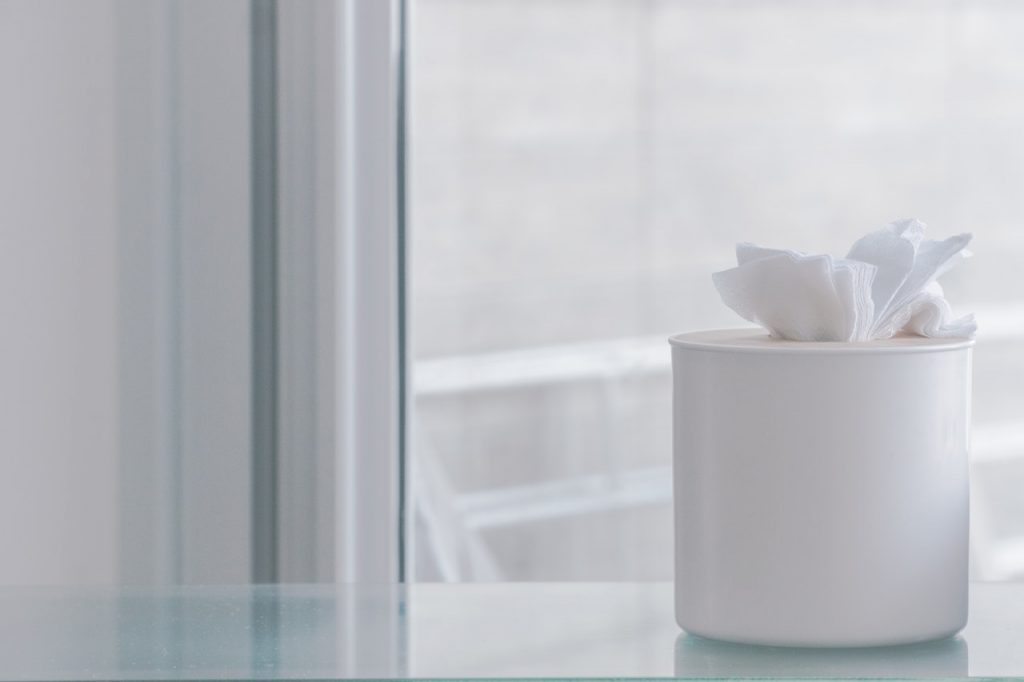WHAT’S HOT IN HR
by: Amy Matthews
If you go to work sick, you are like every 3 out of 4 American workers, according to recent data. Additionally, statistics from the Centers for Disease Control show that your odds of getting sick are between 5-20%.
The idea of “going to work while sick” sparks many debates and opinions.
We have employees who believe they should make the best of it or they feel a need to prove themselves. You know these people. They come to work with medicine, tea, soup, even a blanket. They are more than happy to tell you how sick they are and how important they are because without them coming to work the chairs would somehow end up on the walls. Their supervisor or HR ends up sending them home, but usually not in time to keep them from infecting at least 3 other people. Raise your hand if you have done this. We all have.
Then we have the employees who are sick, but work from home, in lieu of spreading their germs all over the workplace. We have all seen the email (some of us have authored it): “Hi, everyone. I am sick and won’t be in today. I will work from home. Email or call if you need anything.”
Then we have employees who have a sick child/spouse/dog/grandmother who call out or end up bringing the sick person with them to the office. I have been guilty of this one myself.
Some employees simply call out.
Many things play into a decision to go to work (or not) when ill.
Approximately 50 million American workers do not have paid sick leave. This can force many workers (who cannot afford to stay home without pay) into the workplace when they shouldn’t. Washington, D.C., Seattle, New York City, and Philadelphia, as well as Connecticut, California, Massachusetts and Oregon require employers to offer paid sick leave. As a result, they have fewer cases of seasonal flu than other comparable cities and states.

That said, even companies who offer paid sick leave (whether it is 1 day to unlimited) see workers coming in sick. In 2018, it seems many people feel they must show up or be shamed. This indicates too much ego or a culture of fear, both of which need to be fixed.
Working from home while sick (or feeling that you must) and/or bringing a sick dependent to work with you, indicates a poor work flow. If they really can’t do without you for a day, your process is broken and you need to correct this as soon as possible. If the company can’t do without you for a day or two something is wrong. If this is the case, check your cross-training and backup plans. A simple policy and procedure fix may go a long way in alleviating the stress of absent staff.
HR is seeing a trend in companies that offer unlimited vacation and/or sick time. Data shows that giving employees this much trust and control is paying off. Slackers are quickly exposed and everyone else is ecstatic with the work/life balance they can enjoy. More and more employers are jumping on the paid sick leave/comp time/all-inclusive PTO bandwagon. Having a “stay home when sick” policy will pay off in the long run. Healthy workers, after all, are productive (and happy) workers, and isn’t that what we all want?
Mailing List Sign Up Form
Fill out this mailing list sign up form to receive monthly email updates on the latest NAE news, HR issues, special events, training dates and more!
